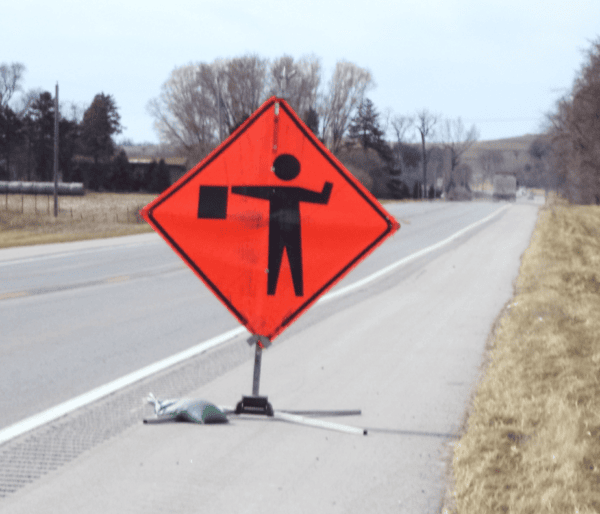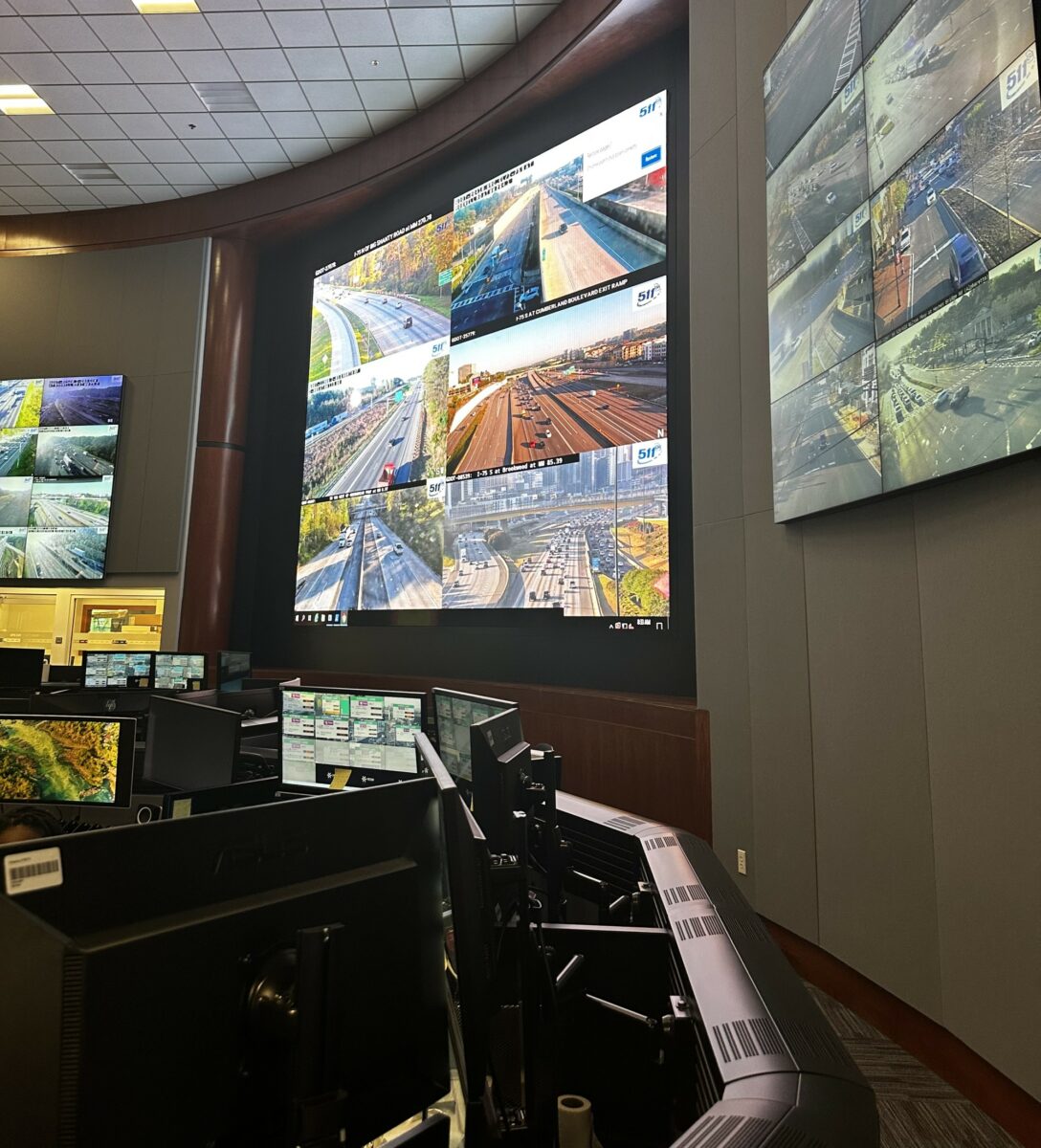Temporary Traffic Control Zones (MUTCD Section 6.C02)
Jim McGee M.P.A.
National Work Zone Awareness Week is April 17-21, 2023. Work zones bring heightened risks for public works personnel, contractors, law enforcement, emergency responders and motorists. Awareness and education are the first steps in work zone safety.
What is a Work Zone?
A work zone is a type of temporary traffic control zone where construction, maintenance, or utility work activities are conducted. Work zones are typically marked by signs, channelizing devices, barriers, pavement markings, and/or work vehicles. A work zone extends from the first warning sign or high-intensity rotating, flashing, oscillating, or strobe lights on a vehicle to the “End Road Work” sign or the last TTC device.

Sideswipes, Rear-enders, Large Trucks, Speeding, Distracted Driving
Work zones are dangerous for motorists who drive through the array of signs, barrels, and lane changes, and for workers who build, repair, and maintain our streets, bridges, and highways. 842 women and men died in work zone crashes in 2019, the most recent year data is available. Sideswipes, rear-end collisions, commercial vehicles, speeding and distracted driving are factors in many fatal work zone crashes. Four out of five work zone fatalities are motorists or passengers.
High Visibility and Temporary Traffic Control Reduce Dangers
A TTC zone is where road user conditions change because of a work zone or an incident. Temporary Traffic Control Devices, uniformed law enforcement officers, or other authorized personnel are used to guide motorists through TTC Zones. Warning motorists before curves and hills is critically important.
High visibility apparel and vehicles, and proper Temporary Traffic Control contribute greatly to a safer highway workplace. Highway worker diligence and “situational awareness” is important. The majority of highway workers killed in construction zones are hit by a dump truck, backing vehicle, rollover crashes and collisions. Workers passing through a construction site are often killed in collisions involving a vehicle or mobile equipment going in the same direction or a vehicle or mobile equipment hitting a stopped vehicle, mobile equipment or fixed object.
The Incident Area
An Incident Area is an area of a highway where temporary traffic controls are used by authorized officials in response to a traffic incident, natural disaster, or special event. The Incident Area extends from the first TTC sign, light, or cone to the last TTC device or to a point where road users return to the original lane alignment and are clear of the incident.
The Advance Warning, Transition, Activity, and Termination Areas
Most TTC zones are divided into four areas: the advance warning area, the transition area, the activity area, and the termination area. These four areas are described in the Manual on Uniform Traffic Control Devices Sections 6C.04 through 6C.07 .
Advance Warning
The advance warning area is where road users are informed about the upcoming work zone or incident area. The advance warning area may vary from a single sign or high-intensity rotating, flashing, oscillating, or strobe lights on a vehicle to a series of signs in advance of the TTC zone activity area. Typical distances for placement of advance warning signs on freeways and expressways should be longer because drivers are used to uninterrupted flow. The advance warning sign placement should extend on these facilities as far as 0.5 miles or more.
The effective placement of the first warning sign on urban streets should range from 4 to 8 times the speed limit in feet, with the high end of the range used when speeds are relatively high. When a single advance warning sign is used on low-speed residential streets, the advance warning area can be as short as100 feet. When two or more advance warning signs are used on higher-speed streets, the advance warning area should extend a greater distance.
Advance Warning on Rural Roads
Rural highways are typically higher speed roadways and the effective placement of the first warning sign should be longer. A rule of thumb is 8 to 12 times the speed limit in mph. Since two or more advance warning signs are normally used for these conditions, the advance warning area should extend 1500 feet or more for open highway conditions. Advance warning may be eliminated when the activity area is sufficiently removed from the road users’ path so that it does not interfere with the normal flow.
Reducing Exposure
Reducing the length of time during which work zones are set up will reduce the exposure of road users and workers to crashes. Proven ways to increase safety are high visibility of workers and vehicles, improved credibility of signs, enhanced enforcement of traffic laws in work zones, and improved application of increased driver penalties in work zones. Any strategy that minimizes the frequency and duration of work zones minimizes risk.
Related Posts



